Oil Tank Condensation: What You Ought To Know

Oil heating systems use tanks for fuel storage and security. It is an excellent arrangement, but much like anything, it requires care and attention. For example, water can get into the heating oil tank, causing problems like oil tank condensation. Fortunately, this common issue can be prevented with a little effort, such as oil delivery and other effective strategies.
Oil Tank Condensation: What You Need To Know
Contents
- 1 Oil Tank Condensation: What You Need To Know
- 2 How & Why Water Gets Into Your Home Oil Tank
- 3 What Happens If Water Gets into My Heating Oil Tank?
- 4 How To Prevent Heating Oil Tank Condensation
- 5 How A Professional Removes Water From Your Oil Tank
- 6 Possible Damages Your Tank May Incur If Water Isn’t Removed
- 7 Call McAllister Energy For All Your Home Heating Needs
This article provides a comprehensive discussion regarding oil tank condensation and methods to prevent it from happening.
How & Why Water Gets Into Your Home Oil Tank
You can find water everywhere in nature. It can also come in various forms. It can slowly get inside your home heating oil tank as time passes. To avoid water getting in your tank again, you need to determine how it got there in the first place.
Rainwater
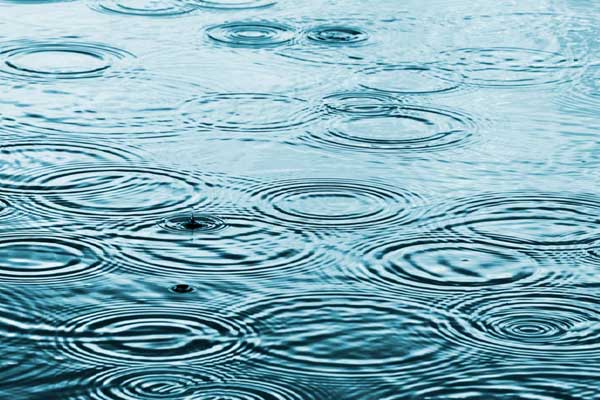
If you have an outdoor tank, it will be exposed to rainwater. Remember that water is persistent and can squeeze through tight and narrow spaces like loose caps. Tanks placed near your home are susceptible to gutter overflows as well. Old oil tanks may have weak areas, such as cracked walls and damaged seals.
Groundwater
If you have an underground tank, the water may get inside if the container has holes. This is a concerning issue because water doesn’t only get in the tank as oil also gets out. This leads to soil contamination, so it is best to call for professional assistance to resolve any underground tank damage.
Condensation
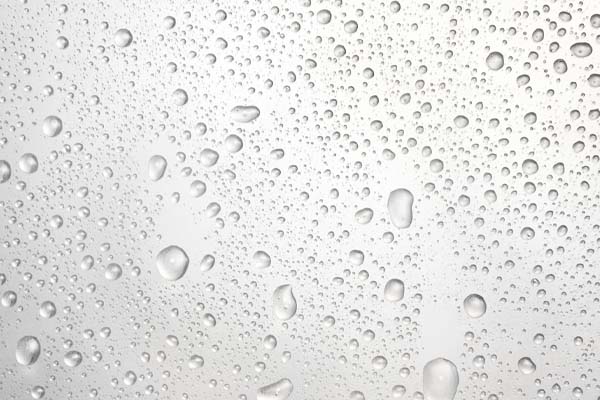
Condensation is always a threat, regardless of where you put the tank. The air vents can pull in moist air from outside. If there is a low temperature or a dropping temperature (found in the summer season), the water vapor can condense into a liquid. Drops of water can form inside the tank’s walls and eventually drip down. A few droplets aren’t a problem, but the condensation will worsen over time if you don’t do anything about it.
What Happens If Water Gets into My Heating Oil Tank?
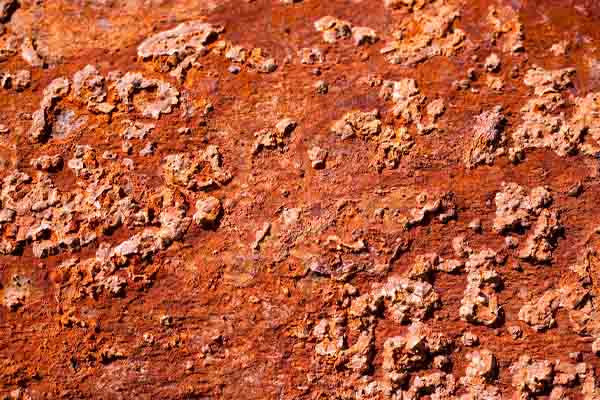
Oil floats on water. Therefore, it can be challenging to detect water’s presence with only observation. It is even harder to do so if you have an underground tank because it is difficult to access. The water even remains undetected for a long time in many cases. It only becomes apparent that there is water in your tank when the symptoms show up.
It is better to take proactive steps to prevent this from happening than deal with water damage in your oil tank. It can save you a lot of hassle when your system receives checks and maintenance regularly. Routine checks include using a water-finding paste that’s recommended by the manufacturer to determine if water is at the bottom of the tank. It is placed at the bottom, and if it changes color, it means water is present. A professional must immediately check your tank if there are large amounts of water.
How To Prevent Heating Oil Tank Condensation
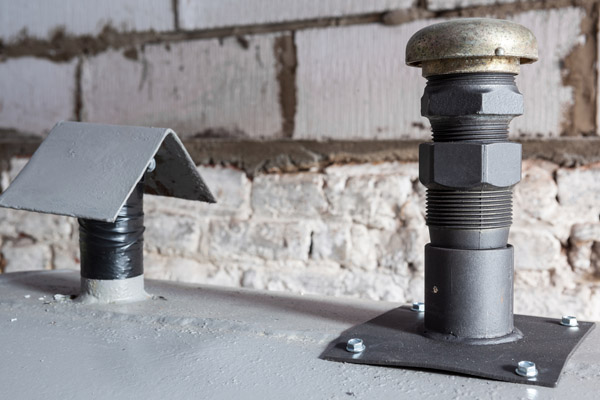
Now that you know how water can get inside your tank, you can now focus on how to prevent it from recurring. Here are several simple ways you can do:
- Check the Fuel Oil Tank: Habitually check your tank’s exterior for any signs of degradation, including rust, perforations, and paint chips. Screw all caps, and lids close tightly as well.
- Test the Heating Oil Tank for Water: A visual check may not be enough to catch if there is moisture. Therefore, test for water periodically by using a water-finding paste. Talk to a heating oil expert or check what the manufacturer recommends. Ensure that the paste reaches the bottom of the tank. If you own an underground tank, test the soil for contamination instead.
- Protect The Heating Oil Tank from Heat: Ensure that your new tank is installed under a shade. The exterior should also be painted with reflective paint in a light color for heat protection. This way, there will be reduced condensation in the tank, as condensation happens when the temperature outside the tank fluctuates a lot.
- Keep Your Home Oil Tank Full: Letting your fuel level drop to critically low levels allows more moist air inside your tank. This means there is a higher chance of condensation developing in it. Call for a fuel delivery before this happens. Ensure that your tank is full during both the heating and off seasons.
- Call the Pros: Professionals can conduct heating oil tank inspections. They can also replace your old tank if needed. They can recommend where best to place your new tank so that it enjoys a prolonged lifespan.
Related Article: How Much Heating Oil Will I Use A Day?
How A Professional Removes Water From Your Oil Tank
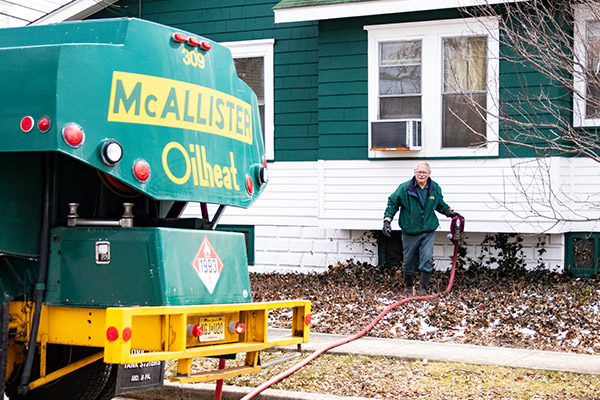
A positive moisture test means the standing water needs to be removed using one of three ways. Call a reliable HVAC professional to do this for you. Here are the three methods a professional may use, depending on the case:
- Drain: You can find a sludge valve at the bottom of metal tanks. A professional will open this valve to let water flow out. However, oil can sometimes run out as well. A professional will collect the oil and discard it properly.
- Pump: Plastic valves aren’t equipped with sludge valves, so you need to use a hand pump to get rid of small amounts of water. Call HVAC professionals to handle large volumes of water, as a hand pump may not be sufficient in this case.
- Absorb: Professionals may also use a water-absorbent sock. It is placed in the tank, so moisture cannot settle at the bottom. The sock does need replacing every few months, and the old one should be disposed of properly. An alcohol-based dispersant can also be used.
Possible Damages Your Tank May Incur If Water Isn’t Removed
- Oil Tank Rust: Individuals may think water doesn’t cause harm, ignoring the problem completely. However, neglecting this problem can damage the heating system after some time. For instance, water can corrode the walls of the oil tank. A large number of heating oil tanks made of steel rust from the interior. Therefore, you may have a perfectly-looking tank from the exterior, but it may be wasting away inside. This results in weak walls and problems down the road. You will also notice a significant drop in efficiency and performance.
- Freezing: Oil has a low freezing point, so it can sit in the cold during winter. However, water becomes frozen when the temperature plunges to 32 degrees Fahrenheit or 0 degrees Celsius. This commonly occurs in some regions and may result in frozen water in tanks. This blocks the oil supply pipes, which can cause the system to fail when you need heating the most.
- Bacteria: Moist environments help bacteria to thrive. Therefore, water in your oil tanks creates the ideal environment that lets these microorganisms multiply. They can sludge up and accumulate at the bottom of the tank. They also release acid that can quickly erode the tank, burners, fuel lines, and filters. This can then result in significant problems.
Conclusion
Water should not be inside your oil tank. Prevent it from getting inside our tank to avoid damage and heating system problems. Use the prevention methods listed in this article and consult an HVAC professional for advanced cases.
Call McAllister Energy For All Your Home Heating Needs

For all your HVAC and oil delivery needs, contact McAllister Energy. We have some of the most highly qualified and professionally certified technicians in Camden County, New Jersey. Each of our friendly techs can conduct all kinds of HVAC services, such as oil tank upgrades, boiler repair, ductless installations, furnace replacements, and more. We have various oil delivery plans and financing options. This way, you can customize your fuel deliveries to meet your needs. Our heating oil delivery and HVAC services are affordable and are done accurately and promptly at all times. Click here to view our service area.
All of our services come with a guarantee. Our HVAC maintenance services improve your energy efficiency and home comfort while decreasing your HVAC costs. We can also assist you when you need to replace your heating and cooling system. We will help find the best make and model for your home without sacrificing your budget. Our experts have the skills, training, and experience to ensure that all your home comfort needs are met. Book an appointment with us today. Call McAllister Energy for a free, in-home estimate.
You can click here to contact us now or call us at (856) 665-4545 to find out more!